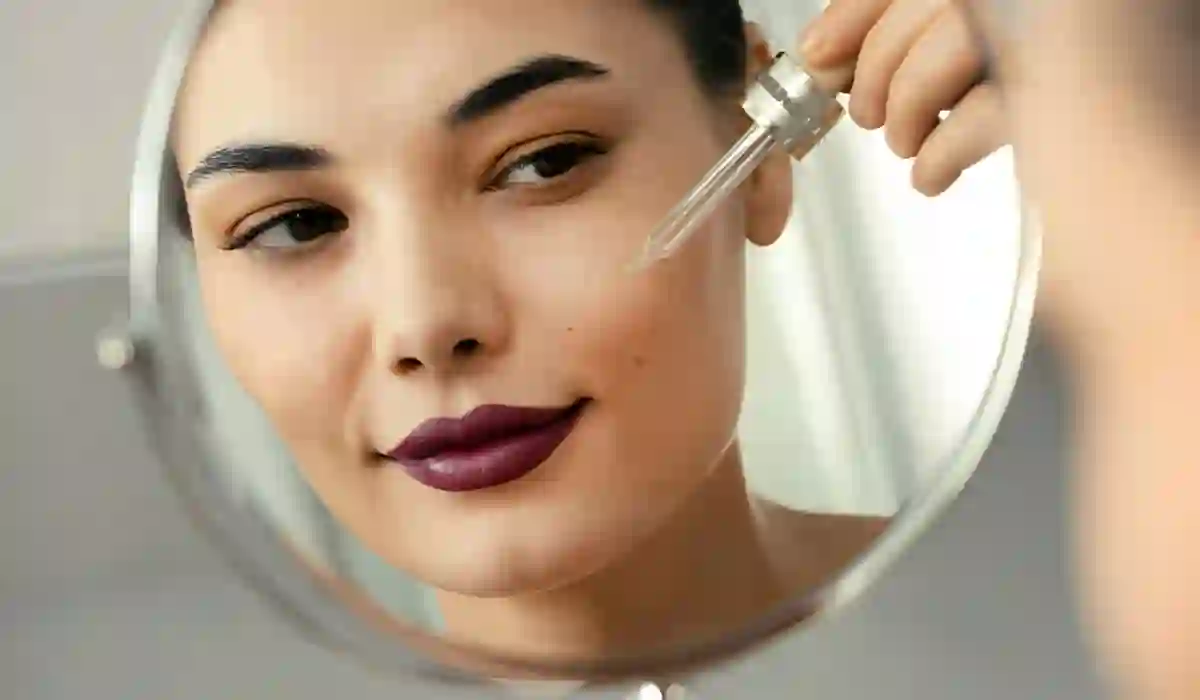Niacinamide and retinol have both become popular buzzwords in skincare. As someone interested in achieving healthy, glowing skin, you may be wondering if these ingredients can be used together safely and effectively. With conflicting information online, it’s hard to know the real benefits and risks of using niacinamide with retinol.
As we explore whether niacinamide and retinol can be safely paired, keep in mind your skin’s needs and concerns. Understanding how these ingredients work and interact will allow you to make an informed decision about your routine. We will examine the evidence behind combining these powerful components, including potential side effects. You can then determine if this duo is right for your complexion goals.
First, what do these ingredients do? Niacinamide, also known as vitamin B3, is a water-soluble vitamin that builds proteins in the skin while also protecting against environmental damage. Retinol is another name for vitamin A and is extremely effective at encouraging faster cell turnover for renewed, youthful-looking skin. With powerful individual benefits, it makes sense to wonder if using them together amplifies their effects.
Potential Benefits of using Niacinamide and Retinol together

One of the top reasons people combine niacinamide and retinol is to experience enhanced skin benefits. Using them together strategically and safely means you can take advantage of their combined ability to renew the skin faster and reverse multiple signs of aging for a brighter, smoother complexion.
As mentioned earlier, niacinamide rebuilds proteins in the skin while improving barrier function. Retinol speeds up cell turnover to reveal newer cells. Using both encourages your body’s natural renewal mechanisms to work better and faster, sloughing off dull surface skin for improved radiance, texture, fine lines, and tone.
Evidence shows that niacinamide and retinol tackle two of the biggest skin concerns together – breakouts and hyperpigmentation. Retinol is famous for fighting acne by clearing congested pores, regulating oil production, and preventing recurrent spots. Niacinamide calms inflammation and redness, improving the appearance of acne and post-inflammatory marks. This makes layering them helpful for clearer, more even-toned skin.
Possible Side Effects of Using Niacinamide and Retinol Together
However, there are a few known risks when combining niacinamide with retinol in your routines. These relate to the fact that retinol makes your skin more photo-sensitive while niacinamide can be drying with repeated use for some people.
Using retinol boosts your skin’s photosensitivity, meaning it becomes more vulnerable to sun damage like dark spots, pigmentation, and signs of aging if proper protection isn’t used. Pairing it with drying niacinamide could strip your protective barrier and cause irritation, redness, stinging, rashes, and peeling. Those with sensitive or reactive skin face the highest risk of adverse effects.
Stay alert about patch testing and gradually introduce this combination, especially if you’re new to both activities. Monitor your skin closely in the first few weeks for unacceptable dryness, itching, burning, or excessive flaking and tightness. Adjust the frequency of use if this happens by niacinamide one day and retinol the next, avoiding layering them together during the adjustment period. Stop completely if irritation persists.
How to Use Retinol and Niacinamide Together Safely?
If you don’t experience irritation or negative effects from using niacinamide and retinol serum separately, combining them with appropriate precautions could take your regimen to new heights. But how can you use them together safely?
Start by adding only one active to your routine first and use it daily for 2 weeks before introducing the second and alternate evenings using them if your skin can tolerate daily application of both actives. Never layer them directly in the same routine when starting.
Always apply retinol at night and niacinamide in your morning skincare to limit photosensitivity issues from daytime UV exposure after retinol use. Ensure you apply SPF 30 or higher sunscreen every single morning without fail to protect the skin, especially on retinol days. This avoids exacerbating any redness, irritation, or photodamage.
Use additional soothing and hydrating products like ceramides, oils, and thick creams alongside these actives to reinforce your moisture barrier and support skin resilience. This helps maintain happy, healthy skin function.
Monitor closely for increased irritation with this active duo and adjust usage frequency accordingly if required. Remember to introduce them slowly and not daily right away. Be patient allowing your skin to build tolerance to both over time.
Final Note
Now that we’ve gone over the evidence, you may be asking – should I use niacinamide and retinol together? The answer is, it depends. For some people with heartier skin, this combination is not only safe but also highly effective for concerns like acne, hyperpigmentation, fine lines, and wrinkles. For those with sensitive skin, using retinol and niacinamide together could trigger irritation, redness, and peeling.
If you do decide to pair niacinamide and retinol, introduce them slowly and pay attention to how your skin responds. Stop using either ingredient if sensitivity develops, and avoid layering them in the same routine when just starting. Be diligent about sun protection whenever using retinol, as it can make skin more prone to UV damage.
The key is being an informed, attentive user so these ingredients enhance rather than disturb your complexion. While more research would be helpful to provide definitive guidance, evidence suggests niacinamide and retinol can be combined strategically for enhanced skin renewal and repair. Track your skin’s progress so you can modify your routine as needed. With smart usage, this dynamic duo could reveal a healthy, radiant new you.
So should you use niacinamide and retinol together? What’s your take – will you be trying this combination in your skincare routine? Let me know in the comments!

